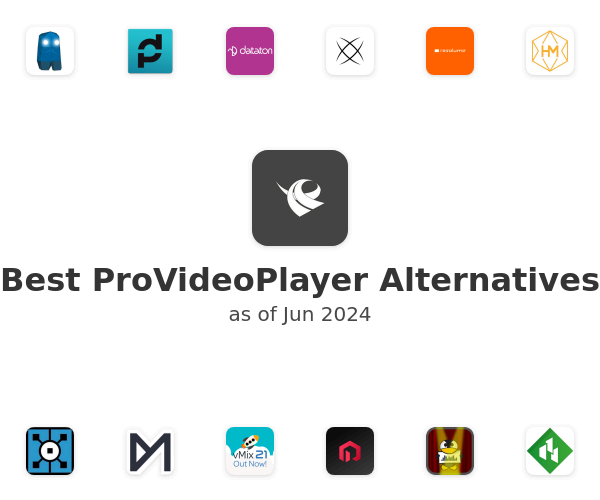
The Rural Access Index (RAI) measures the proportion of the rural population who live within 2 km of an all-season road. GridFTP might also not be the most user friendly, since it requires a much larger framework and orchestration to run, since it is not UDP-based. For instance, UDT has been known to fail completely if even the slightest packet loss is reported, whereas Google QUIC has made significant advancements in addressing this issue. Many of issues arise when dealing with packet loss and recovery. When deciding what UDP tool to use, you have several factors to keep in mind. No, has had issues with stateful firewalls

Google QUIC: An experimental UDP-based network protocol designed at Google to support multiplexed connections between two endpoints, provide security protection equivalent to TSL/SSL, and reduce latency and bandwidth usage.īelow is a features comparison chart to better help you understand the side by side differences each system supports.GridFTP: Unlike all others, GridFTP is based on FTP and is not UDP, but it can be used to solve the same problems experienced when using TCP.They have been used widely by The Wall Street Journal to send WSJ pages over satellite to their remote printing plants. UFTP: Specializes in distributing large files to a large number of receivers, especially when data distribution takes place over a satellite link, making TCP communication inefficient due to the delay.Enet: Main goal is to provide a thin, simple and robust network communication layer on top of UDP with reliable and ordered delivery of packets, which they accomplish by stripping it of higher level networking features.UDT UDP-based Data Transfer: Designed to support global data transfer of terabyte sized data sets, using UDP to transfer the bulk of its data with reliability control mechanisms.It was designed specifically to offer more throughput than possible with TCP over the same networks. Tsunami UDP Protocol: Uses TCP control and UDP data for transfer over high speed long distance networks.Given the immaturity of most open source software, it may not be as user friendly, but there are many options out there, so paying developers to manage and configure your UDP is not necessary.Ĭurrently, there are six main UDP file transfer tools available as open source.
#Provideoplayer udp install
When it comes to choosing a UDP there are two main options-buy it from a commercial service or install it for open source software.

So what UDP should you use? Choosing a UDP So as the market shifts and advancements continue to be made with the source code, UDP is quickly becoming the file transfer tool of the future. Recently, Google announced that they use their open source Google QUIC UDP-based protocol to run 50% of their Chrome traffic, with that percentage expecting to increase in the coming years. There’s a clear tradeoff between the two when it comes to speed versus reliability, but as developments have been made with UDP, it’s become more and more trustworthy as a leading protocol tool.

Yes, required before next transfer will take place

No guarantee of arrival and ordering has to be managed by the application layerĭoes flow control, requiring three packets to set up a socket connection before user data can be sent Used when applications need fast transmissionĪll transferred data is guaranteed to arrive in order specified. Used for application needing high reliability, where time is less relevant Connection-Oriented: messages navigate the internet one connection at a timeĬonnectionless: a single program sends out a load of packets all at once.


 0 kommentar(er)
0 kommentar(er)
